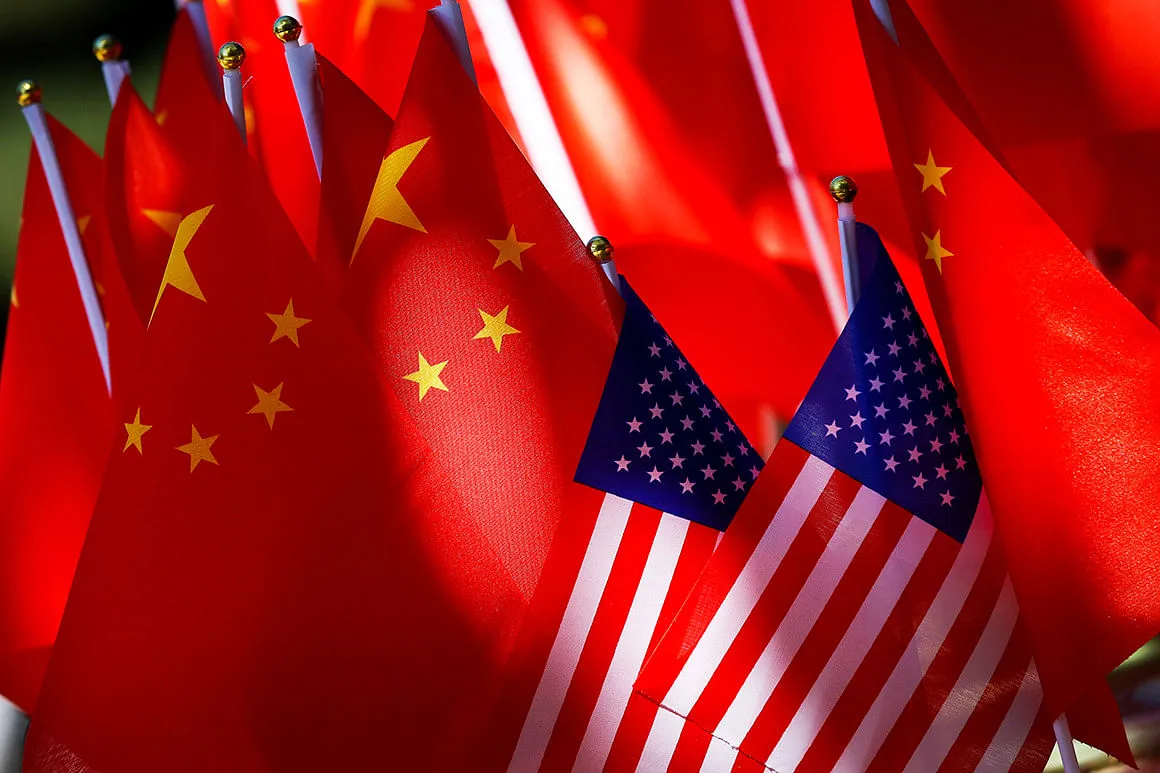In the wake of China’s aggressive moves along the Line of Actual Control (LAC) and especially after the June 15 Galwan Valley events in which 20 Indian soldiers embraced martyrdom, a significant level of India-US diplomatic interaction has occurred.
At a press briefing on June 8, US Secretary of State Mike Pompeo confirmed he had spoken to his Indian counterpart, External Affairs Minister S Jaishankar, on India-China developments in Ladakh. He said “The Chinese took incredibly aggressive action. The Indians have done their best to respond to that”. While China’s moves to change the status quo on the LAC in Ladakh has obviously been aggressive, the use of the words “incredibly aggressive” can only be a reference to the Galwan developments. Pompeo placed Chinese moves in the context of the Chinese Communist Party’s disregard for the sovereignty of its neighbours, including Bhutan.
On July 7, Foreign Secretary Harsh Shringla and the US Undersecretary of State for Political Affairs David Hale held detailed consultations on the entire gamut of bilateral ties. According to the State Department statement the two officials also discussed, “US and Indian visions of a free and open Indo-Pacific region, where all countries can prosper, and agreed to work with other Indo-Pacific partners to bring these visions to reality”. This formulation is a reiteration of a shared India-US sentiment. It points towards China’s assertiveness in the region as a whole and especially in the South China Sea. Its significance lies in its timing.
The most forward, if indirect, support for India in the current India-China context has come from White House Chief of Staff Mark Meadows. In an interview on July 7 to the President Donald Trump’s favourite US television channel Fox News, Meadows said “Our military might stands strong and will continue to stand strong, whether it’s in relationship to a conflict between India and China or anywhere else”. Whether all these pro-Indian words have resulted in concrete and tangible, if discreet, cooperation can only be speculated but it will not be surprising if they have because there is a coincidence of Indian and US interests against an expansionist China.
This noted, it would wrong to think that Indian and US interests are completely in harmony. There are many issues where objective socio-economic and political realities of the two countries lead to major differences. India is a developing country and its primary focus is on poverty alleviation and the fulfilment of popular aspirations, both within the country and externally. In the latter sphere India is against the status quo which was established after the Second World War and which is reflected in the organs of international governance including the United Nations Security Council. The main goal of the US is to ensure its pre-eminence continues in every sphere and to thwart any attempt that challenges its position
China has challenged the status quo and thus US pre-eminence. It has abandoned the caution that Deng Xioaping had advised Chinese leaders; “Hide your strength, bide your time, never take the lead”. Under Xi Jinping it has advertised its strength, it has forcefully asserted worldwide that its time has come and through the Belt and Road Initiative (BRI) deliberately sought to take the lead. Indeed, China had earlier called it One Belt One Road (OBOR). That name more truly represented its underlying purpose and nature. The belts and roads were all to emanate from and return to China. Thus, China wishes to become the centre and core of an alliance system, obviously so in the economic and commercial dimensions but the infrastructure—ports, airstrips and roads and railways– being built in the BRI countries could easily be used for military purposes by China.
The US-China contestation is the primary geo-political and geo-strategic issue of contemporary times. Clearly, the hope that China’s rise will be peaceful is getting dimmer by the day. This is being demonstrated by its disdain for the norms of global governance whenever it perceives that they stand in the way of its interests. This has led the US, at least under President Trump, to adopt an openly confrontationist approach across a wide spectrum, including through seeking to diminish China’s international influence in the areas of high technology. This is manifested in the vigorous campaign that the Trump administration has undertaken against the Chinese companies Huawei and ZTE. The former company’s 5G telecommunication technology and equipment has been specially targeted by the US.
Technology is of special significance for it is the foundation of a country’s true power. All through history economic and military power rests on its pillars. In the modern era manufacturing strength is important but the basis of West’s dominance is through its advances in science and technology. It has been so from the beginning of colonialism. As long as China was a platform for manufacturing, the US was not unduly concerned but since the past decade or so it has made strides in the area of technology as illustrated by Huawei’s 5G systems. This is not acceptable to the US.
Every country, especially in Asia, will have to navigate its relations through the US-China contradictions. India will have to increasingly do so. The government’s approach has been to try to develop relations with both countries on the basis of equality and in the light of India’s interests China’s recent moves will compel a re-examination of India’s China policies. Modi’s call for self-reliance essentially expresses a desire for an increase in India’s manufacturing capabilities and should also lead to a greater focus on progress in science and technology.
Inevitably India will have to find a higher degree on cooperation in the defence and security areas with countries such as the US, Japan and Australia to be in its interest. But that cannot make it a camp follower of any power.






